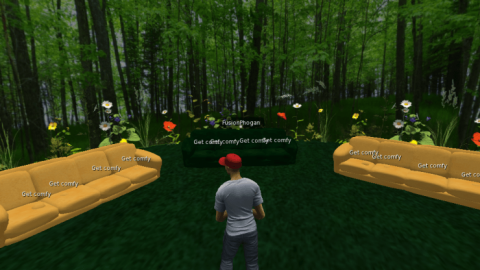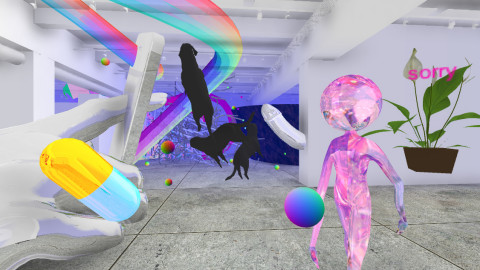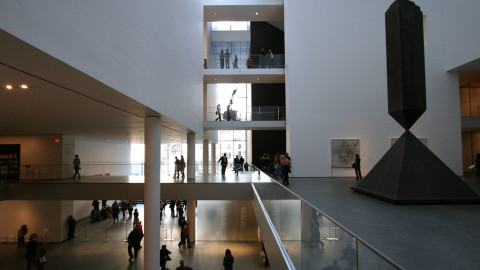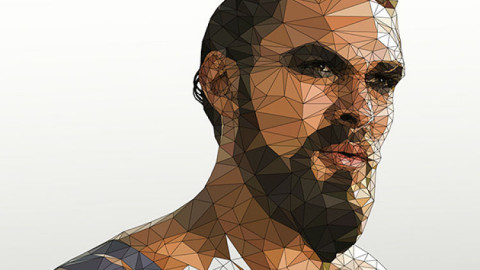
The weird abandoned spaces of virtual worlds
I went to college in a rolling campus up on a forested hill, where the woods served as a playground on bored Sunday evenings, and frequent late-night power outages meant sneaking into empty administrative buildings, or finally searching for that deserted amphitheater tucked away in the forest, resigned to wood rot in its abandonment. There were days I would walk across campus and not see a single other student anywhere on the winding roads, dirt trails, or cement plazas of the school. But even then, the emptiness of these real, physical spaces rarely felt as eerie as that of the…







